Tkinter User Input To Variable
Tkinter is a popular Python library for creating graphical user interfaces. It provides a set of tools and widgets that allow developers to build interactive windows and applications. One crucial aspect of any user interface is user input. Tkinter provides several ways to handle and store user input, ranging from simple text fields to more complex input widgets.
Creating a tkinter Window and Widgets
Before we dive into user input, let’s quickly discuss how to create a basic tkinter window and add widgets to it. To create a tkinter window, you first need to import the tkinter module:
“`python
import tkinter as tk
“`
Next, you can create an instance of the Tk class, which represents the main window:
“`python
window = tk.Tk()
“`
You can customize the window’s appearance and properties using various methods and attributes. Once the window is created, you can add different widgets to it, such as buttons, labels, and input fields. Widgets are the building blocks of a graphical user interface, allowing users to interact with the application.
Handling User Input in tkinter
To handle user input in tkinter, you need to use specific input widgets known as Entry and Text widgets. The Entry widget is used to accept single-line input from the user, while the Text widget allows multi-line input.
To create an Entry widget, use the following code:
“`python
entry = tk.Entry(window)
“`
And to create a Text widget, use this code:
“`python
text = tk.Text(window)
“`
These widgets are created within the window you previously created. You can place them using layout management options such as grid, pack, or place.
Storing User Input in a Variable
To store user input, you can associate a variable with the Entry or Text widget using the `textvariable` attribute. This allows you to access the input value later in your code.
Here’s an example that demonstrates how to store user input from an Entry widget:
“`python
input_var = tk.StringVar()
entry = tk.Entry(window, textvariable=input_var)
# Access the user input
user_input = input_var.get()
“`
In this example, we create a StringVar object and link it to the textvariable attribute of the Entry widget. Later, we can retrieve the user’s input through the get() method of the StringVar object.
For Text widgets, you can use the `text` attribute to retrieve the content:
“`python
user_input = text.get(“1.0”, “end-1c”)
“`
In this example, we use the get() method, specifying the starting and ending positions of the text we want to retrieve.
Validating User Input in tkinter
Sometimes, you may need to validate the user’s input to ensure it meets specific criteria. Tkinter provides a validation mechanism using the validate attribute of the Entry widget.
Here’s an example that demonstrates how to validate user input in tkinter:
“`python
def validate_input(new_value):
if new_value.isdigit():
return True
else:
return False
validation = window.register(validate_input)
entry = tk.Entry(window, validate=”key”, validatecommand=(validation, “%P”))
entry.pack()
“`
In this example, we define a function `validate_input` that checks whether the input consists of only digits. We then use the register() method of the window to register this function as a validation command. Finally, we set the validate and validatecommand attributes of the Entry widget to enable the validation.
Utilizing User Input for Further Processing
Once you have obtained the user’s input, you can utilize it for further processing within your application. This can include calculations, database operations, or any other functionality of your program.
Here’s a simple example that demonstrates how to use user input to perform a calculation:
“`python
def calculate():
value1 = int(input_var1.get())
value2 = int(input_var2.get())
result = value1 + value2
result_label.config(text=”Result: ” + str(result))
input_var1 = tk.StringVar()
input_var2 = tk.StringVar()
result_label = tk.Label(window)
entry1 = tk.Entry(window, textvariable=input_var1)
entry2 = tk.Entry(window, textvariable=input_var2)
button = tk.Button(window, text=”Calculate”, command=calculate)
entry1.pack()
entry2.pack()
button.pack()
result_label.pack()
“`
In this example, we create two Entry widgets to accept two numeric values from the user. We also create a Label widget to display the result. The calculate() function retrieves the input values, performs the addition, and updates the result label accordingly.
FAQs on Tkinter User Input
Q: What is an Entry variable in Tkinter?
A: An Entry variable in Tkinter is a variable that can be associated with an Entry widget to store and retrieve user input.
Q: How do I create a variable in Tkinter?
A: To create a variable in Tkinter, you can use the StringVar or IntVar classes provided by the tkinter module. Instantiate these classes and associate them with your widgets using the textvariable or variable attributes.
Q: How do I use a Textvariable in a Tkinter entry?
A: The Textvariable attribute is not applicable to the Entry widget. Instead, you can use the StringVar attribute to associate a variable and store the input from an Entry widget.
Q: How do I create a datetimepicker in Tkinter?
A: Tkinter does not have an in-built widget for a datetimepicker. However, you can use third-party libraries like tkcalendar or ttkcalendar to implement a datetimepicker in Tkinter.
Q: How do I get user input from a Tkinter text box?
A: To get user input from a Tkinter text box, you can use the get() method of a Text widget, specifying the range of text you want to retrieve.
Q: How do I display a variable value in Tkinter?
A: To display a variable value in Tkinter, you can use Label or Entry widgets and associate them with a variable using the textvariable attribute. Any changes to the variable will automatically update the widget’s display.
Q: How do I close a Tkinter window?
A: To close a Tkinter window, you can call the destroy() method on the window object.
By understanding how to handle user input in tkinter, you can create more interactive and dynamic software applications. Whether you need to store user input, validate it, or utilize it for further processing, tkinter provides the necessary tools and widgets to accomplish these tasks efficiently and effectively.
Tkinter Dynamically Creating And Validating Entry And Label Widgets On User Inputs And Messaging
How To Take Input In Python Using Tkinter?
The Tkinter library is one of the most popular and widely used libraries for creating graphical user interfaces (GUIs) in Python. It provides various widgets and functionalities that allow developers to build intuitive and interactive interfaces for their applications. Among its features, Tkinter also provides a way to take user input, whether it be single characters, numbers, or even longer strings. In this article, we will delve into the various methods and techniques that can be used to take input in Python using Tkinter.
1. Creating a Basic Input Entry
To start taking input from users, we need to create an entry widget in our Tkinter window. An entry widget represents a single-line text field where users can enter data. Here’s a typical example:
“`python
from tkinter import *
window = Tk()
entry = Entry(window)
entry.pack()
window.mainloop()
“`
In this example, we import the Tkinter module and create a new Tkinter window. Then, we create an entry widget by using the `Entry()` constructor and pack it into the window. Finally, we start the Tkinter event loop with `window.mainloop()`.
2. Retrieving the Input Data
To retrieve the data entered by the user, we need to associate the entry widget with a variable. We can do this by passing the variable name as an argument to the `Entry()` constructor. For example:
“`python
from tkinter import *
def display_data():
print(entry.get())
window = Tk()
entry = Entry(window)
entry.pack()
button = Button(window, text=”Submit”, command=display_data)
button.pack()
window.mainloop()
“`
In this case, we define a `display_data()` function that retrieves the data entered in the entry widget using the `get()` method and prints it. We create a button widget with the text “Submit” that calls the `display_data()` function when clicked. Users can enter their input in the entry widget, and clicking the button will display it in the console.
3. Validating Input
Often, we need to enforce specific input formats or restrict the types of characters that the user can enter. Tkinter provides an option called “validate” that enables input validation. By default, the validate option is set to “none”, which means no validation is performed. However, we can set it to “key”, “focusout”, or “all” to validate the input on different events.
“`python
from tkinter import *
def validate_data(input_data):
if input_data.isdigit():
return True
return False
window = Tk()
validate = window.register(validate_data)
entry = Entry(window, validate=”key”, validatecommand=(validate, ‘%P’))
entry.pack()
window.mainloop()
“`
In this example, we define a `validate_data()` function that checks if the input consists only of digits. If the validation is successful, the function returns `True`; otherwise, it returns `False`. We then register this function with Tkinter using `window.register()` to specify the validation function. Finally, we create an entry widget with the `validate` option set to “key” and `validatecommand` set to our registered validation function.
4. Creating Multiline Input Text Areas
While the entry widget is suitable for single-line input, there are occasions where multiline input is required. Tkinter provides the `Text()` widget to handle multiline input. Here’s an example:
“`python
from tkinter import *
def display_data():
data = text_area.get(“1.0”, “end-1c”)
print(data)
window = Tk()
text_area = Text(window, height=5, width=30)
text_area.pack()
button = Button(window, text=”Submit”, command=display_data)
button.pack()
window.mainloop()
“`
In this case, we create a `Text()` widget that spans multiple lines, set its height and width, and pack it into the window. To retrieve the user’s input, we use the `get()` method, specifying the range from “1.0” to “end-1c”. This captures the text entered by the user, excluding the trailing newline character, and we print it when the button is clicked.
FAQs:
Q1. Can I customize the appearance of the entry widget?
Yes, the appearance of the entry widget can be customized using various options such as font, color, size, and more. Tkinter provides a range of options that allow developers to style the widgets according to their requirements.
Q2. How can I limit the amount of text a user can enter?
You can restrict the number of characters a user can enter by using the `maxlength` option. For example, `entry = Entry(window, maxlength=10)` will limit the input to ten characters.
Q3. How can I display a default text or a prompt inside the entry widget?
To display a default text or prompt inside the entry widget, you can use the `insert()` method to insert the desired text after creating the widget. For example, `entry.insert(0, “Enter your name”)` will display the prompt “Enter your name” in the entry widget.
Q4. How can I hide the input (e.g., for passwords)?
To hide the input, such as for password fields, you can use the `show` option. For example, `entry = Entry(window, show=”*”)` will display asterisks (*) instead of the actual characters entered by the user.
In conclusion, Tkinter provides a powerful set of tools to handle user input in Python GUI applications. With the entry and text widgets, developers can create intuitive and interactive interfaces that allow users to input data effortlessly. By incorporating validation and customization options, the user input experience can be further enhanced. So next time you develop a Python application with a GUI, don’t forget to explore the capabilities of Tkinter for handling user input.
Can I Use Variable In Input Python?
Python is a versatile and dynamic programming language widely used for various purposes, including web development, data analysis, and automation. When it comes to user interaction, Python provides a convenient way to receive input from users through the input() function. However, many beginners often wonder whether they can use variables in the input function. In this article, we will explore this topic in depth and answer some frequently asked questions to clarify any confusion that may arise.
Understanding the input() Function in Python:
Before delving into the usage of variables in the input function, it is crucial to understand the basics of the input() function itself. The input() function is used to prompt the user for input and store the entered value as a string. It takes a string argument that is displayed as a prompt for the user to provide their input. Let’s look at an example:
name = input(“Please enter your name: “)
print(“Hello, ” + name + “!”)
In the above code, the input() function prompts the user to enter their name. Once the user enters their name, it is stored in the variable “name”. The subsequent line of code displays a personalized greeting using the user’s input.
Using Variables in the input() Function:
Now, let’s address the main question at hand – can we use variables in the input() function? The answer is yes! Python allows us to use variables as prompts within the input() function. Consider the following example:
prompt = “Please enter your age: ”
age = input(prompt)
print(“You are ” + str(age) + ” years old.”)
In this code snippet, we assign the prompt for the user’s age to a variable called “prompt.” We then use this variable as the argument of the input() function. When executed, the program will display the prompt stored in the “prompt” variable and wait for the user to input their age. The age will be stored in the variable “age” and displayed in the subsequent output message.
Using variables as prompts in the input() function offers flexibility and allows for reusability of code. You can easily modify the prompt by updating the variable’s value, which decreases redundancy and enhances the user experience.
FAQs:
Q1. Can I use multiple variables in the input() function?
Yes, you can use multiple variables in the input() function by separating them with commas. For example:
name, age = input(“Please enter your name and age: “).split(“, “)
Q2. Can I store input in variables of different data types?
By default, the input() function stores the entered value as a string. However, you can use type casting to convert the input into different data types. For example, if you want to store the input as an integer, you can use the int() function:
age = int(input(“Please enter your age: “))
Q3. How can I handle user input that requires validation?
To handle input validation, you can use loops and conditional statements to ensure the user enters acceptable values. For instance, if you expect the user to enter a positive integer, you can use a while loop with an if statement to validate the input.
Q4. Is it possible to use variables in the prompt without assigning them separately?
Yes, you can directly use variables as prompts in the input() function without assigning them beforehand. For example:
age = input(“Please enter your age: “)
Q5. What happens if the user enters something other than the prompt expects?
The input() function will store any input as a string, regardless of its content. It is up to the programmer to handle validation and verification of the input.
In conclusion, Python allows the use of variables in the input() function, making it possible to customize prompts based on user requirements or application logic. Using variables in input() offers flexibility, reusability, and convenience. Remember to handle user input with appropriate validation techniques to ensure the accuracy and security of your program.
Keywords searched by users: tkinter user input to variable Entry variable Tkinter, Variable in Tkinter, Textvariable tkinter entry, Datetimepicker in tkinter, Tkinter text box input, Get Tkinter, how to display a variable value in tkinter, Close tkinter window
Categories: Top 55 Tkinter User Input To Variable
See more here: nhanvietluanvan.com
Entry Variable Tkinter
Introduction:
Tkinter, the de facto standard GUI toolkit for Python, provides a wide range of widgets to create powerful graphical user interfaces. One such widget, the Entry widget, enables users to enter and manipulate textual data. This article aims to explore the Entry variable in Tkinter, its features, and how to effectively utilize it for efficient user input control.
Basic Functionality of the Entry Widget:
In Tkinter, an Entry widget serves as a text field that allows users to input and edit text. The Entry variable, often referred to as the associated variable, is a variable in Python that is linked to the Entry widget. The value contained within this variable provides instant access to the current text content of the Entry widget. Any changes made by the user in the Entry widget are immediately reflected in the associated Entry variable, and vice versa.
Creating an Entry Widget and Binding the Entry Variable:
To start using the Entry variable, first, create an Entry widget and bind it to an associated variable. This can be accomplished by initializing the Entry widget with the command:
“`python
entry_variable = tk.StringVar()
entry_widget = tk.Entry(root, textvariable=entry_variable)
“`
In the above example, `entry_variable` represents the Entry variable, while `entry_widget` corresponds to the Entry widget associated with it. By referencing `textvariable=entry_variable`, we link the particular Entry widget to its associated variable.
Accessing and Modifying the Entry Variable:
The value stored in the Entry variable can be accessed using the `get()` method. By invoking this method on the associated Entry variable, you can retrieve the current text content within the Entry widget.
“`python
current_value = entry_variable.get()
“`
To modify the text within the Entry widget programmatically, you can use the `set()` method. By passing the desired value as an argument to this method, you can instantly update the Entry widget and the associated variable.
“`python
entry_variable.set(‘New value’)
“`
Responding to User Input:
Often, it is necessary to perform certain actions when the user interacts with the Entry widget. Tkinter provides a mechanism for binding functions (callback functions) to be executed in response to specific events. For instance, when a user modifies the text within the Entry widget, the `bind()` method can be used to associate a callback function to execute.
“`python
def on_entry_modification(event):
print(“Entry widget modified:”, entry_variable.get())
entry_widget.bind(‘
“`
In the example above, the `on_entry_modification` function is executed whenever there’s a release of a key within the Entry widget. The associated Entry variable can then be accessed using `entry_variable.get()` within the callback function.
Entry Variable FAQs:
1. Can I restrict the type of input expected in the Entry widget?
Yes, by implementing an input validation function, you can control the type of input allowed. Tkinter provides the `validate` and `validatecommand` attributes to achieve this. By specifying a validation function and assigning it to the `validatecommand` attribute, you can customize the expected input.
2. How can I enforce a maximum length for the input in the Entry widget?
Tkinter offers the `validate` and `validatecommand` attributes, where you can define a validator function that checks the length of the input. By rejecting or truncating the input if it exceeds the desired length, you can enforce a maximum input length.
3. Is it possible to insert default text or placeholder text into an Entry widget?
Yes, you can utilize the `insert()` method to display default or placeholder text in the Entry widget. By inserting the desired text at the beginning of the Entry widget, you can provide users with context or instructions for the input required.
4. Can I disable or enable an Entry widget dynamically?
Definitely! You can toggle the state of the Entry widget using the `configure()` method. By providing `state=’disabled’`, the Entry widget becomes uneditable. Conversely, by setting `state=’normal’`, user interaction is reenabled.
5. How can I clear the content of an Entry widget programmatically?
To clear the content of an Entry widget, you can simply utilize the `delete()` method. By specifying the desired range, you can remove all text or a specific portion of it effortlessly.
Conclusion:
The Entry widget, combined with the Entry variable, offers developers powerful tools to manage and control textual user input within Tkinter-based applications efficiently. By understanding its features, utilizing associated methods, and exploring event-driven programming, developers can enhance user experience and create responsive user interfaces with ease.
Variable In Tkinter
Tkinter, the standard Python interface to the Tk GUI toolkit, has become wildly popular among developers due to its simplicity and versatility. Tkinter allows programmers to create graphical user interfaces (GUIs) with ease and provides a range of powerful widgets to enhance user experience. One of the essential concepts in Tkinter is the variable, which enables the interaction and synchronization between widgets and the underlying data. In this article, we will delve into the topic of variables in Tkinter, explaining their purpose, types, and usage, followed by a comprehensive FAQ section to address common queries.
What is a Variable in Tkinter?
In the context of Tkinter, a variable is an object that holds a single value or a sequence of values and is associated with a specific widget or control. Variables play a crucial role in Tkinter because they serve as a bridge between the user interface and the underlying data. They allow users to input data, manipulate it, and reflect the changes back to the interface.
Tkinter provides three built-in variable classes that facilitate different types of data storage and representation: `StringVar`, `IntVar`, and `DoubleVar`. Each class is designed to handle a specific data type and comes with its own methods and attributes.
1. StringVar: As the name suggests, `StringVar` is used to store and retrieve string values. It is commonly used with widgets such as `Entry`, `Label`, and `Button` that deal with textual input/output.
2. IntVar: `IntVar` is utilized to store and retrieve integer values. It is commonly used with widgets like `Radiobutton`, `Checkbutton`, and `Scale` that require numerical input/output.
3. DoubleVar: `DoubleVar` is similar to `IntVar` but works with floating-point or decimal numbers. It is extensively used for widgets like `Scale` and `Spinbox` that involve fractional input/output.
Using Variables in Tkinter
To harness the power of variables in Tkinter, we need to import the `tkinter` module and initialize them within our program. Let’s take an example of using `StringVar` and `Entry` widget to illustrate this process:
“` python
import tkinter as tk
root = tk.Tk()
input_var = tk.StringVar()
entry = tk.Entry(root, textvariable=input_var)
entry.pack()
root.mainloop()
“`
In the above code snippet, we import the `tkinter` module as `tk` and create a new instance of the `Tk()` class for the root window. We also initialize a `StringVar` called `input_var`, which will act as a container for the input data. We then create an `Entry` widget, linking it to the `input_var` using the `textvariable` attribute.
This linkage allows any data entered into the `Entry` widget to be automatically stored in `input_var`. Similarly, if the variable undergoes any changes, those changes will be automatically reflected in the `Entry` widget as well.
FAQs
Q1. Can we use variables other than the built-in classes provided by Tkinter?
A: Yes, it is possible to use other variable classes. However, the built-in variable classes (`StringVar`, `IntVar`, `DoubleVar`) are more convenient and efficient for common scenarios. If needed, custom variable classes can be created by subclassing the `Variable` class provided by Tkinter.
Q2. How can we retrieve the value stored in a variable?
A: To obtain the value stored in a variable, we can use the `get()` method associated with the specific variable. For example:
“` python
value = input_var.get()
print(value)
“`
Q3. How can we modify the value stored in a variable?
A: The value of a variable can be modified by using the `set()` method associated with that particular variable. Here is an example of changing the value of `input_var`:
“` python
input_var.set(“New Value”)
“`
Q4. Can we link the same variable to multiple widgets?
A: Yes, a variable can be linked to as many widgets as required. This feature allows changes made to the variable value to be reflected consistently across all linked widgets.
Q5. How can we trace the changes in a variable?
A: Tkinter provides a trace mechanism that allows us to execute a callback function whenever the value of a variable changes. The `trace()` method is used to set up this mechanism. Here’s an example:
“` python
def callback(*args):
print(“Value changed!”)
input_var.trace(“w”, callback)
“`
In the example above, whenever the value of `input_var` changes, the `callback` function will be called, printing the message “Value changed!”.
In conclusion, variables are crucial components within the realm of Tkinter as they enable data binding and synchronization between widgets and data. By understanding and effectively using variables such as `StringVar`, `IntVar`, and `DoubleVar`, developers can create responsive and dynamic user interfaces. Do refer to the FAQs section for further clarifications on variables in Tkinter.
Images related to the topic tkinter user input to variable

Found 30 images related to tkinter user input to variable theme


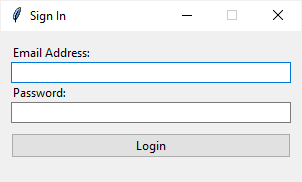
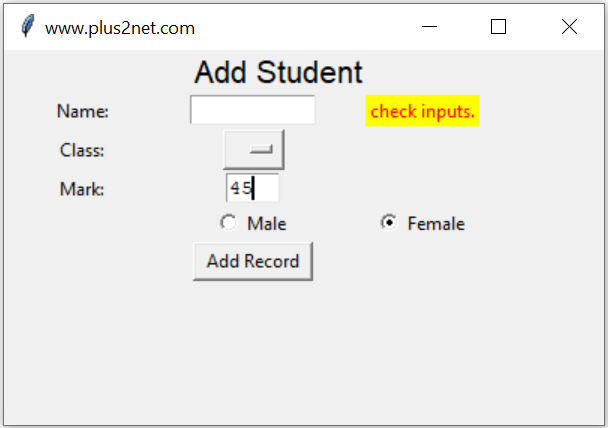
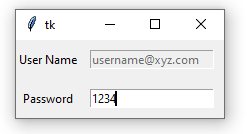
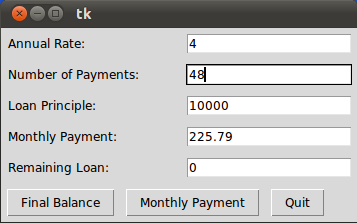
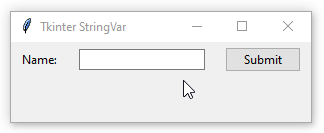
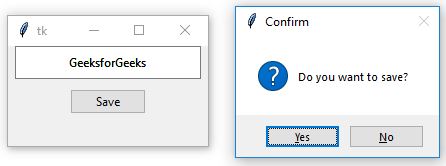

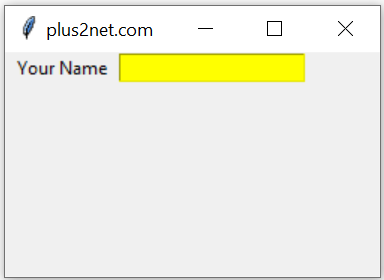
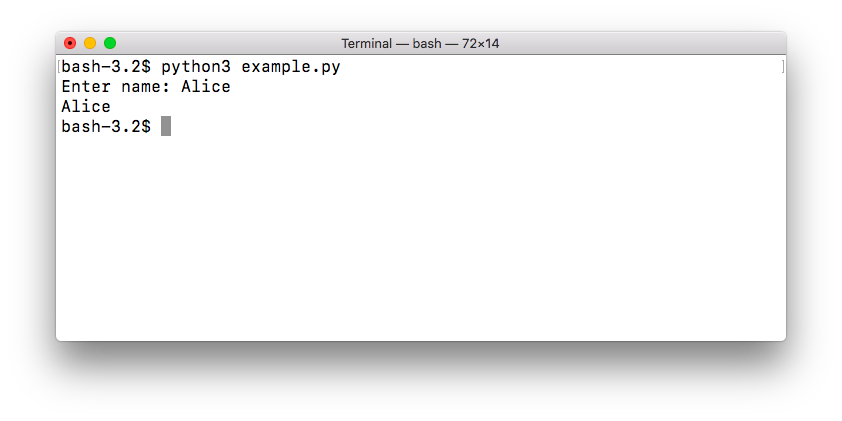
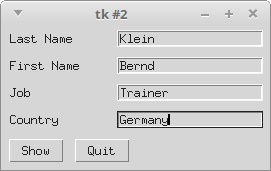



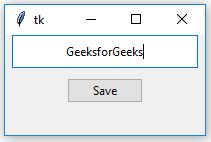
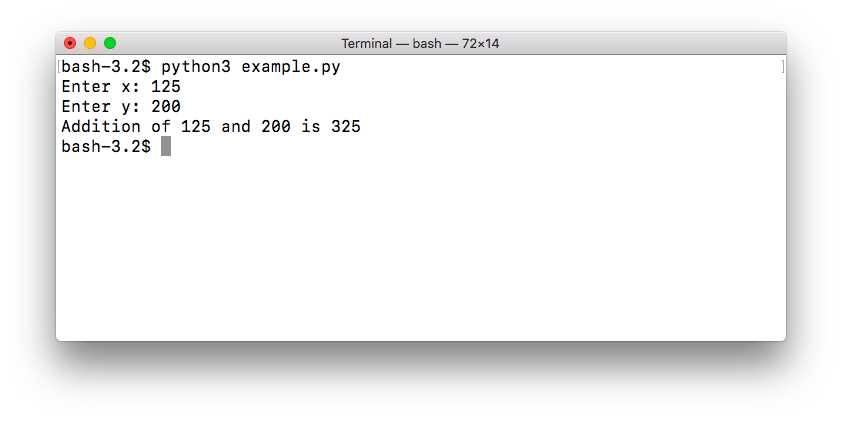
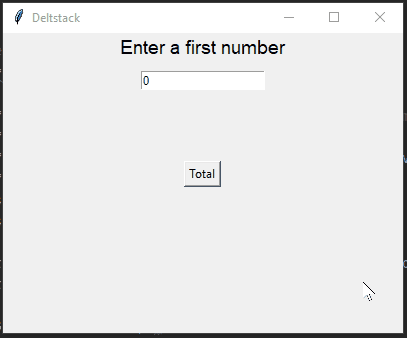






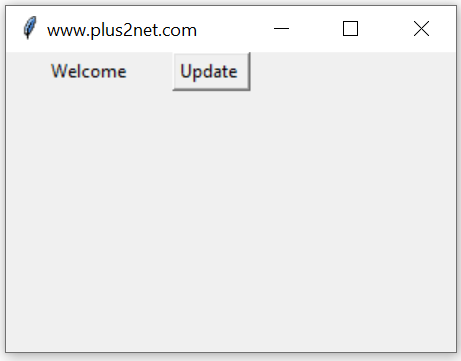

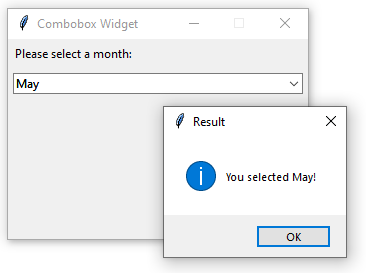
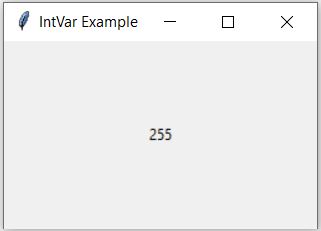

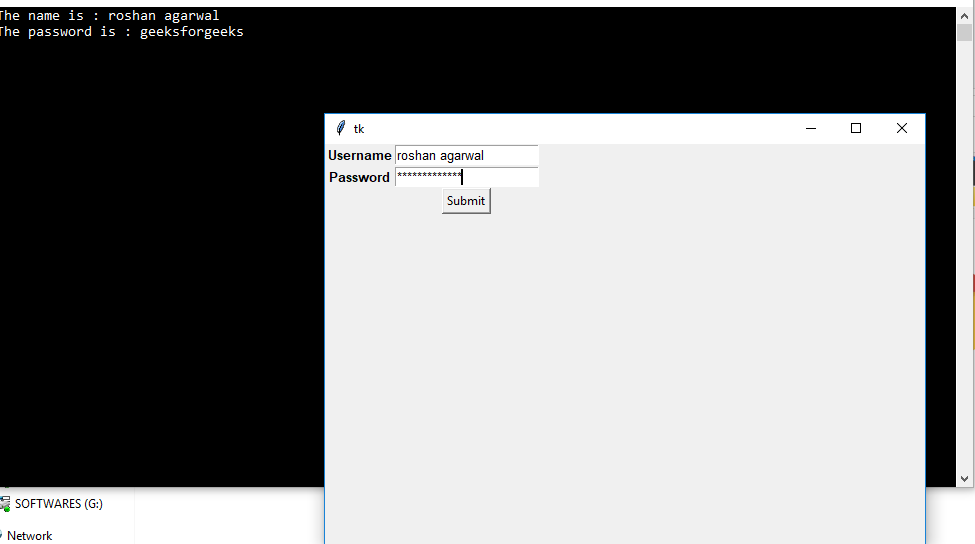
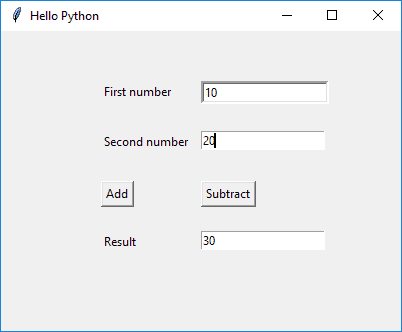
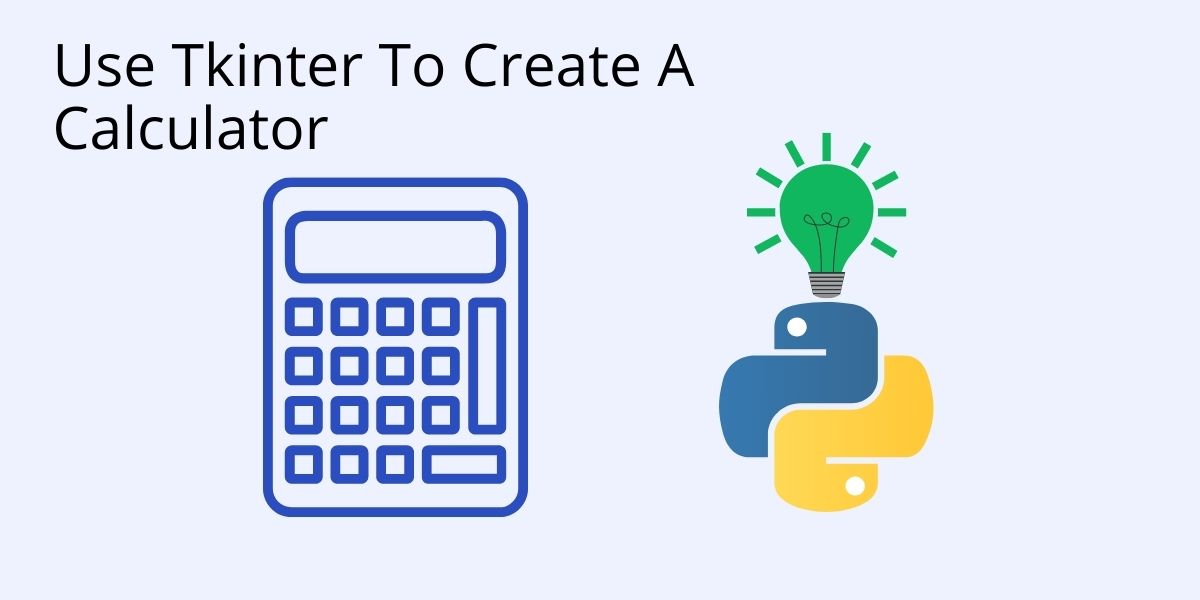


![Global Variable in Python With Examples [Updated] | Simplilearn Global Variable In Python With Examples [Updated] | Simplilearn](https://www.simplilearn.com/ice9/free_resources_article_thumb/GlobalVariableinPython_1.png)



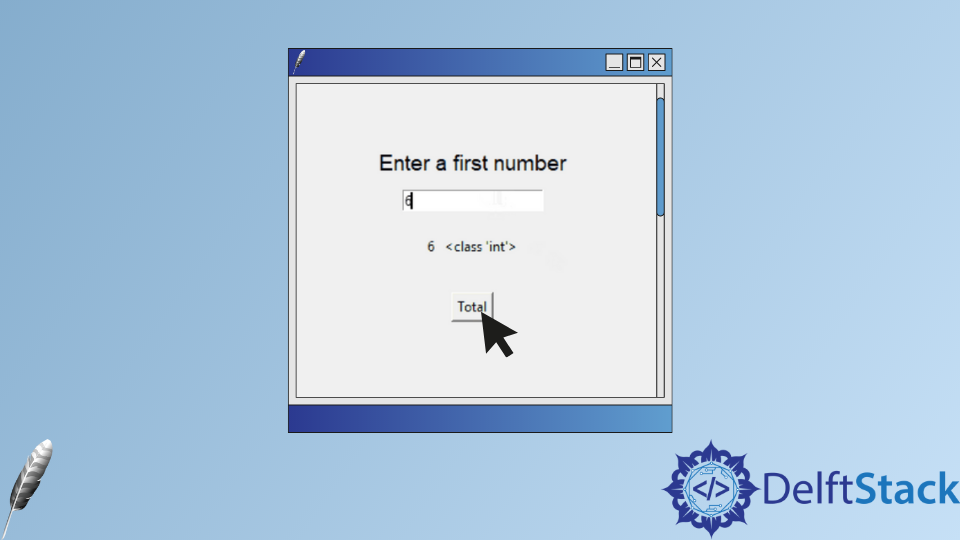
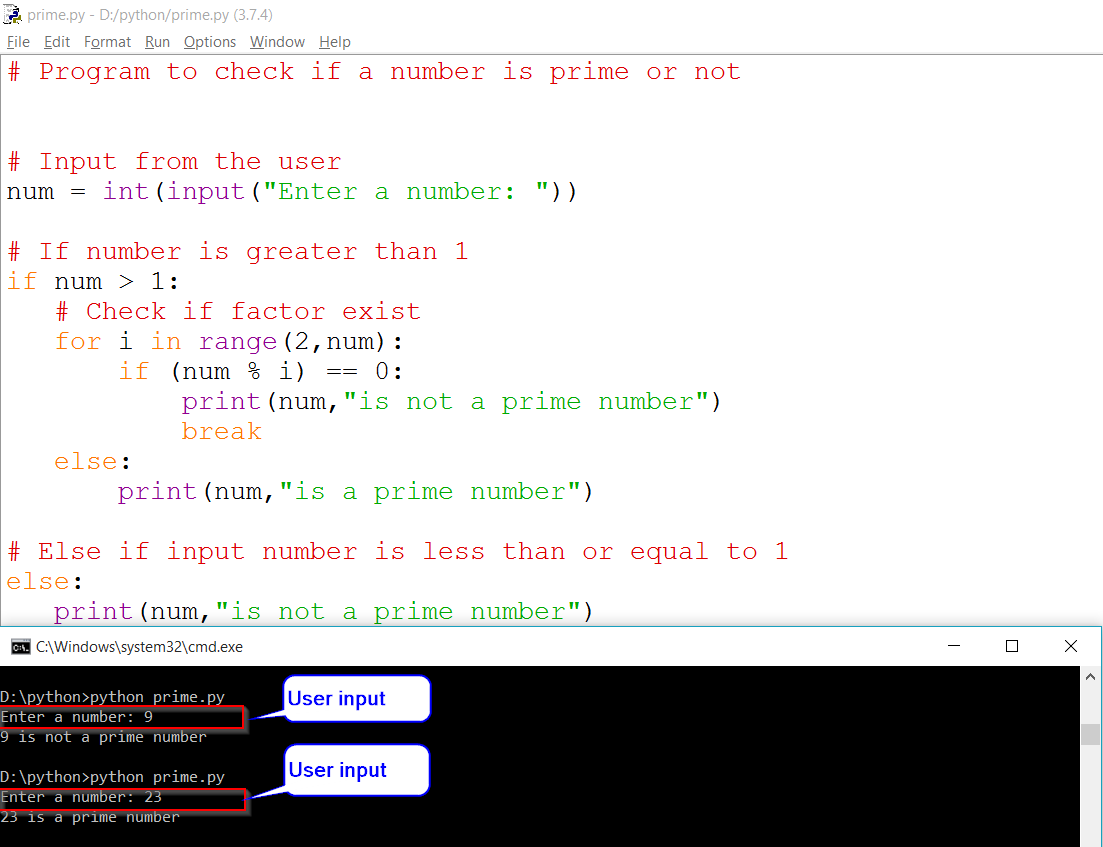

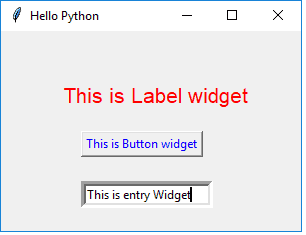

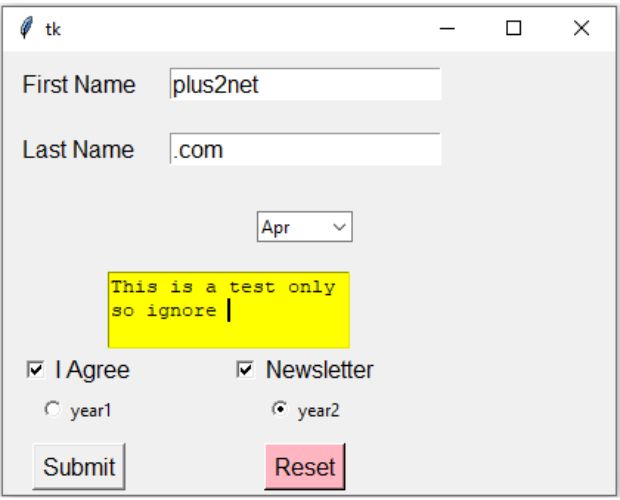
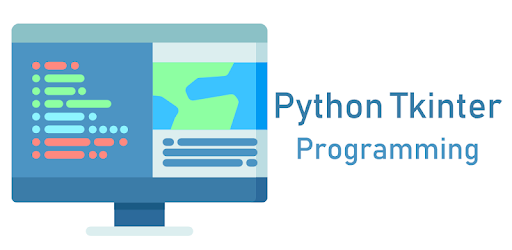
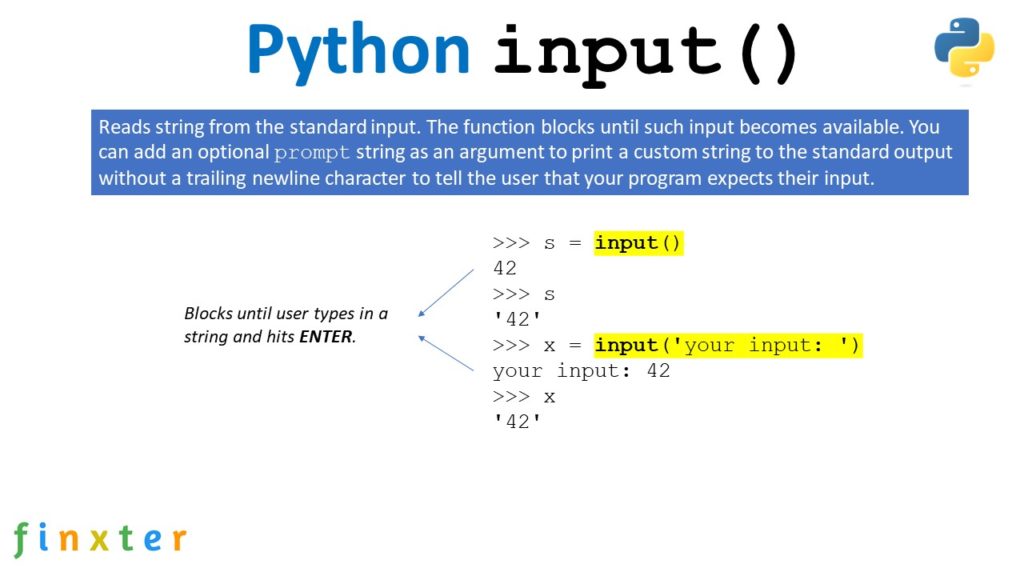


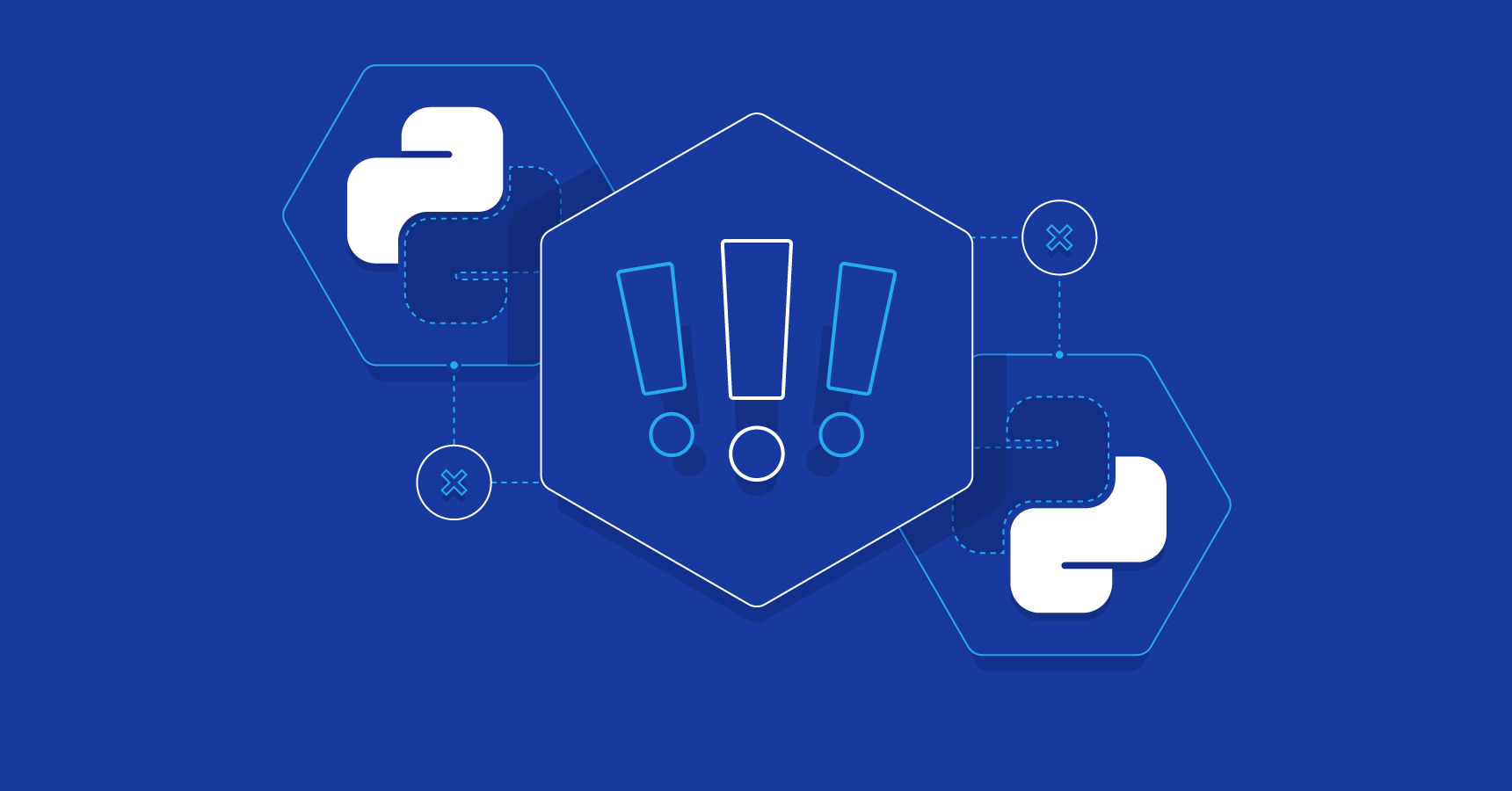
Article link: tkinter user input to variable.
Learn more about the topic tkinter user input to variable.
- How To Take User Input And Store In Variable Using Python …
- How to use Tkinter input into a variable in python
- How to connect a variable to the Tkinter Entry widget
- Getting text input | Tkinter GUI Programming by Example
- Tkinter – Read input from user using Entry widget – Python Examples
- How to write Python Input Function with Arguments and Return Type?
- What does calling Tk() actually do – Tutorialspoint
- Tkinter StringVar with Examples – Tkinter Tutorial – AskPython
- 7. Entry Widgets in Tkinter – Python Courses eu
- Python | setting and retrieving values of Tkinter variable
- An Essential Guide to Tkinter Entry widget By Examples
- GUI to run a script with input variables – Python Help
See more: nhanvietluanvan.com/luat-hoc